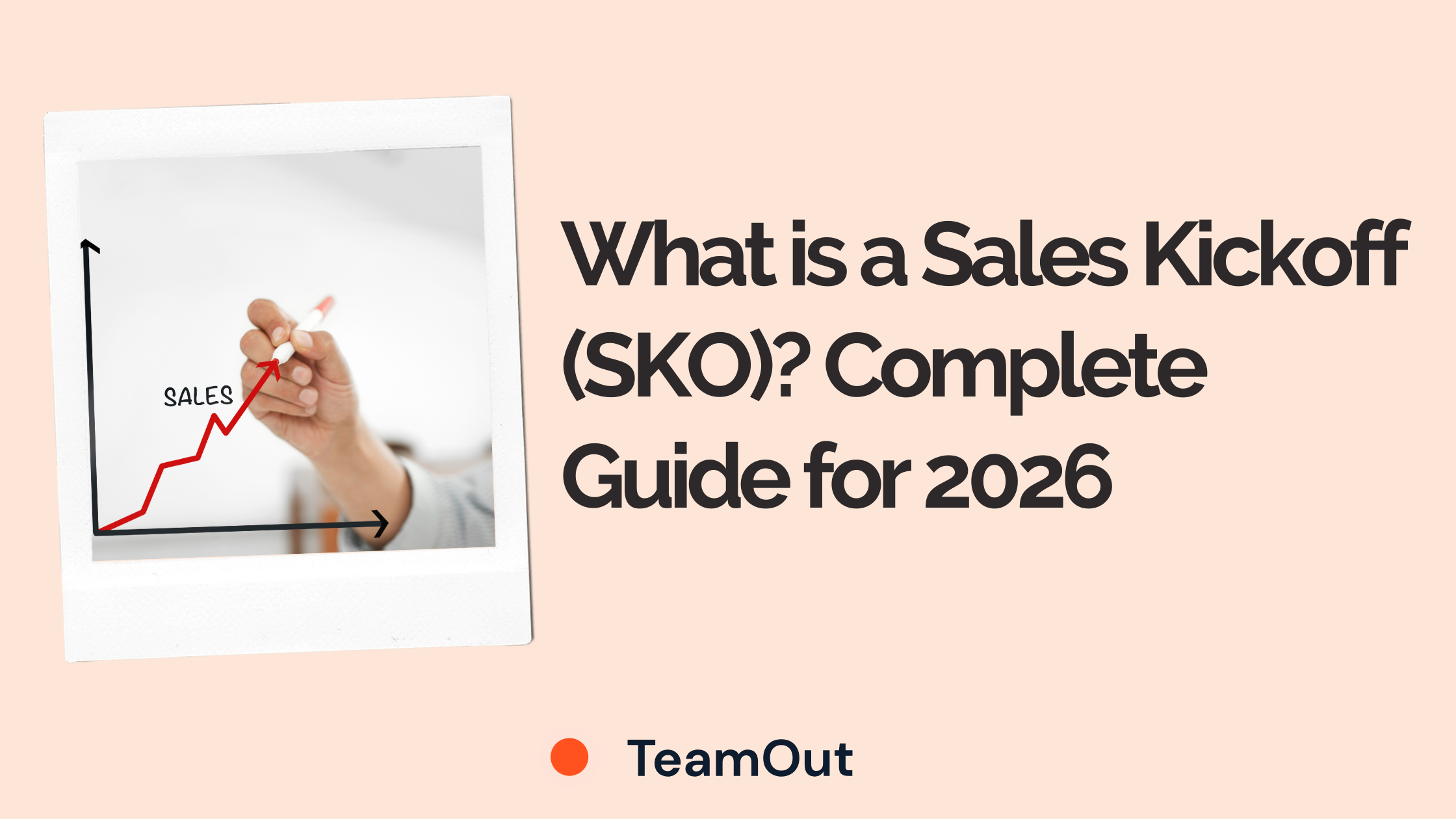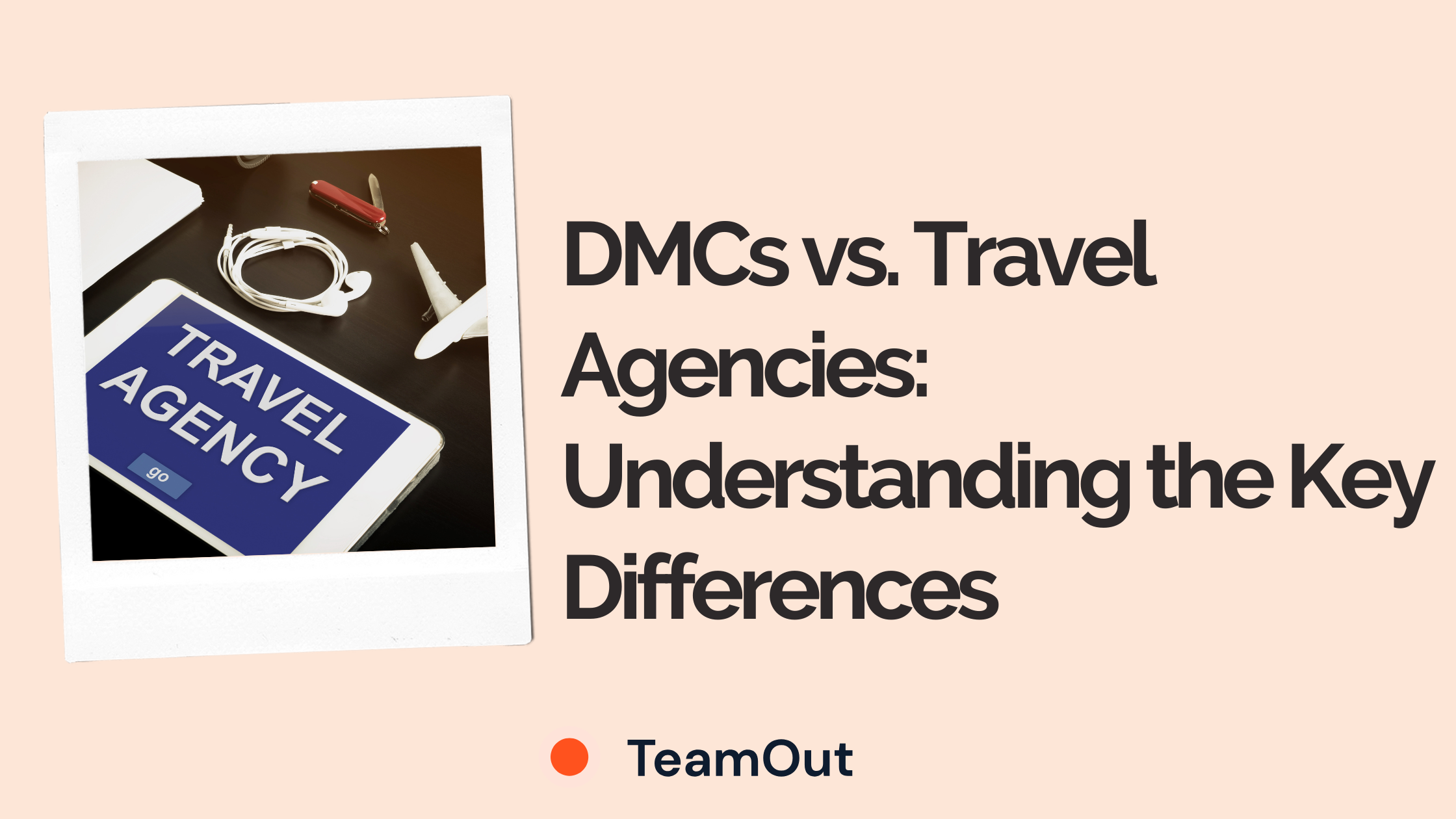"Organizational silos" refer to isolated groups or departments within a company that operate independently and have limited communication or collaboration with other parts of the organization. The term "silo" originates from the Greek word "sýlon," which referred to a container used to store grain or other agricultural products.
What are “Organizational Silos”
In the context of agriculture, silos are tall, cylindrical structures used to store and segregate different types of grains or crops. Each silo holds a specific type of grain, preventing cross-contamination and maintaining the integrity of each crop. Similarly, in the business world, organizational silos manifest as separate teams or departments that function independently but fail to share information, goals, or resources with other units.
This lack of communication and collaboration can lead to inefficiencies, duplicated efforts, and a fragmented organizational structure. Teams operating within silos might have their own objectives, strategies, and processes, without a clear alignment with the overall goals of the organization. This often results in a lack of synergy, reduced innovation, and decreased overall productivity. A lack of togetherness at work.
Breaking down organizational silos involves fostering open communication, encouraging cross-functional collaboration, and promoting a shared sense of purpose and goals. By encouraging teams to work together, share insights, and align their efforts, companies can create a more integrated and efficient structure. This facilitates the flow of information, improves decision-making, and enables the organization to respond more effectively to challenges and opportunities.
The Origins of a Silo Mentality
The origins of a "silo mentality" can be traced back to several contributing factors that foster a sense of isolation and hinder effective collaboration within an organization. This mentality refers to a mindset where different departments or teams prioritize their individual goals and interests over the collective success of the entire organization. One of the key factors leading to a silo mentality is the failure of leadership and a lack of clear direction. When leaders fail to communicate a unified vision and goals, individual teams might develop their own objectives without considering the larger organizational objectives. This lack of cohesive guidance can perpetuate a fragmented structure, where each team operates in isolation.
Another critical factor is the absence of mutual trust between teams, resulting in the absence of a shared team mentality. When teams don't trust one another, they become hesitant to collaborate, share information, or pool resources. This lack of trust can be rooted in competition for recognition, resources, or fear of losing autonomy. Scarcity of resources can also contribute to the development of a silo mentality. When resources are limited, teams might become protective of what they have and unwilling to share with others. This can lead to a reluctance to collaborate or engage in cross-functional initiatives, hindering overall organizational progress.
Overcoming a silo mentality requires addressing these factors through effective leadership, fostering open communication, building trust, and promoting a culture of collaboration. Leaders should emphasize a shared sense of purpose, aligning departmental goals with the organization's mission. Encouraging regular cross-functional interactions, resource sharing, and acknowledging the value of collective effort can break down the barriers of silo thinking. In conclusion, the origins of a silo mentality can be attributed to a failure of leadership, lack of mutual trust between teams, and scarcity of resources. Recognizing and addressing these factors is crucial for cultivating a collaborative and cohesive organizational culture that values collective success over individual departmental interests.

4 Reasons why Organizational Silos are Detrimental
1. Diminished Communication
Organizational silos create barriers that impede the smooth exchange of information between different teams or departments. This lack of communication leads to isolated decision-making, missed opportunities for synergy, and a fragmented understanding of the overall business operations. As a result, crucial insights and knowledge remain confined within specific silos, hindering the organization's ability to respond effectively to challenges and changes in the market. And, in an organization, employee engagement and synergy is key for success.
2.Unhealthy Competition
When teams operate within silos, they might develop a sense of rivalry rather than collaboration. This unhealthy competition arises from conflicting interests, differing priorities, and a lack of shared goals. Instead of working together to achieve common objectives, teams might focus on outperforming each other, which can lead to duplicated efforts, wasted resources, and a toxic work environment. This type of competition undermines the organization's unity and can negatively impact employee morale.
3. Lack of Alignment
Organizational silos often result in teams becoming too focused on their own specific objectives without considering the broader company goals. This lack of alignment can lead to disjointed efforts where different departments are working towards their own targets without contributing to the organization's overall mission. As a result, the company's strategic vision can become fragmented, hindering growth, innovation, and adaptability in a rapidly changing business landscape.
4. Inefficiency and Unstandardized Workflows
Silos can cause inefficiencies as teams operate independently, sometimes duplicating efforts or working on similar tasks without knowledge of each other's work. Additionally, workflows and processes might differ significantly between silos, leading to confusion, errors, and delays when different teams need to collaborate. This lack of standardized procedures can waste time and resources and ultimately affect the quality of products or services delivered. It also limits the organization's ability to implement consistent best practices and improvements across the board.
How Can You Identify Organizational Silos
Identifying organizational silos involves recognizing key indicators that point to isolated and fragmented working structures within a company. Some common signs of such silos include:
- Lack of Bottom-Up Communication: When employees are discouraged from sharing their insights, suggestions, or concerns with higher management or other departments, it's a sign of poor communication flow. Silos often restrict the upward movement of information, leading to missed opportunities for collaboration and innovation.
- Unawareness of Other Teams' Projects: If teams are unaware of significant projects or initiatives undertaken by other departments, it highlights a lack of cross-functional communication. This knowledge gap can lead to duplicated efforts, missed synergies, and a fragmented overall organizational strategy.
- Mismatched Departmental Processes: When different teams follow vastly different processes for similar tasks, it indicates a lack of standardization and collaboration. Silos can cause each department to develop its own methods, inhibiting efficient knowledge sharing and cooperation.
- Suboptimal Decision-Making: Organizational silos can lead to decisions being made without considering the full scope of the situation. Lack of comprehensive input and holistic understanding can result in choices that may benefit one department while negatively impacting others or the organization as a whole.
- Low Employee Morale and Isolation: A sense of isolation among employees, accompanied by low morale, can arise due to siloed working conditions. When teams are disconnected and do not feel like part of a larger collective, it can lead to decreased job satisfaction and collaboration.
Recognizing these indicators is the first step toward breaking down silos and fostering a more cohesive and collaborative organizational culture. There are various effective ways to boost employee morale. By addressing these issues and promoting open communication, cross-functional awareness, and a shared sense of purpose, companies can overcome the detrimental effects of organizational silos and work towards achieving their common goals more effectively.

How Can Companies Overcome A Silo Mentality
To overcome a silo mentality and promote a culture of collaboration within a company, several strategies can be implemented:
- Shared Goals: Align teams and departments with the company's overarching objectives, emphasizing a common purpose that transcends individual agendas. Sharing and implementing your company culture will implement a team-based mentality and approach to work.
- Centralized Data and Processes: Implement integrated systems that centralize data and streamline processes, facilitating easy information sharing and collaboration across teams.
- Cross-Functional Trainings: Provide opportunities for employees to learn about other departments through workshops and training sessions, fostering a better understanding of different roles and perspectives.
- IKEA Effect: Encourage teams to collaborate on projects, allowing them to collectively take ownership and pride in their work, thereby breaking down barriers and nurturing a sense of unity.
- Celebrate Collaboration: Recognize and reward instances of successful collaboration, showcasing the value of working together towards shared goals.
- Team Building Activities: Organize regular team-building exercises that encourage interaction and teamwork among employees from various departments.
- Company Retreats and One-Day Retreats: Host company-wide retreats or off-site events to facilitate open dialogue, relationship-building, and a deeper understanding of the diverse functions within the organization.
By adopting these strategies, companies can foster an environment that discourages siloed thinking and promotes a collaborative mindset.

Case Study: the Pixar Example
- Context: Pixar Animation Studios is renowned for its innovative and successful approach to filmmaking, producing beloved animated movies like Toy Story, Finding Nemo, and Up. The company's ability to consistently deliver critically acclaimed and commercially successful films is often attributed to its unique organizational culture and approach to collaboration.
- How They Avoid Organizational Silos: Pixar has managed to avoid organizational silos through a combination of structural strategies and cultural norms that prioritize collaboration and creativity:
- Open Work Environment: Pixar's physical layout is designed to facilitate interaction among employees from different departments. The central atrium, communal areas, and open workspaces encourage spontaneous conversations and idea sharing, breaking down physical barriers between teams.
- Cross-Disciplinary Teams: The company assembles cross-disciplinary teams to work on projects. Animators, writers, designers, and technical experts collaborate closely from the early stages of film development, ensuring diverse perspectives are integrated into every aspect of the creative process.
- Braintrust Meetings: Pixar holds regular "Braintrust" meetings where key creative minds, including directors and other team leads, offer candid feedback on works in progress. This open critique process fosters a culture of honest communication and constructive criticism, allowing teams to improve their work collectively.
- Ownership and Collaboration: Pixar promotes a sense of ownership and pride among its employees. While individuals take responsibility for their specific tasks, they also recognize the interdependence of their work with the success of the entire project. This shared ownership discourages siloed thinking and encourages collaboration.
- Flat Hierarchy: Pixar maintains a relatively flat hierarchy where creative ideas can come from anyone, regardless of their role or title. This encourages individuals to contribute their insights, fostering a sense of inclusion and openness that prevents hierarchical silos.
- No Fear of Failure: The company's culture is built on embracing failure as a part of the creative process. This mindset reduces fear and encourages teams to experiment, take risks, and learn from mistakes, which in turn promotes cross-functional learning and adaptability.
In conclusion, Pixar's success in avoiding organizational silos can be attributed to its emphasis on open communication, cross-disciplinary collaboration, ownership, and a culture that values diverse perspectives. By nurturing an environment where creativity thrives and ideas flow freely, Pixar continues to produce innovative and emotionally resonant films that captivate audiences worldwide.

















.webp)


